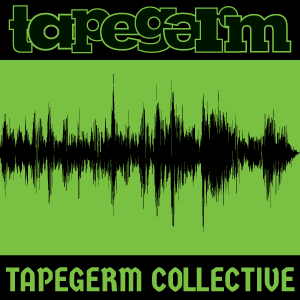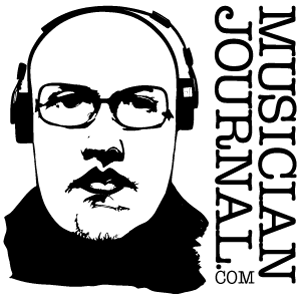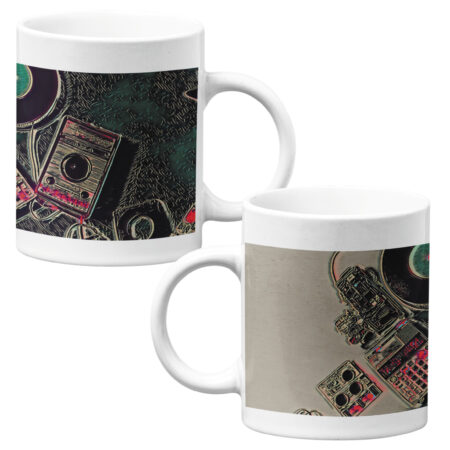Your cart is currently empty!

Resampling in Roland SP-404 MKII and Scene Functionality in Teenage Engineering’s EP-133 K.O. II
In the realm of audio production, resampling is a critical process that allows for creative manipulation and efficient use of sound samples. This article will focus on how resampling works in the Roland SP-404 MKII and how the “scenes” functionality in Teenage Engineering’s new EP-133 K.O. II achieves a similar effect.
Resampling in the Roland SP-404 MKII
In the Roland SP-404 MKII, resampling is a powerful tool that lets you record new samples based on the existing ones while applying effects and tweaks. This feature allows you to layer sounds, combine patterns, and create unique compositions from your original material.
To resample on the SP-404 MKII, you simply select an empty pad, choose the ‘resample’ function, and then hit ‘record’. As it records, you can play other pads, apply effects, and manipulate the sound in real-time. Once you’re done, the new recording, inclusive of all changes, is saved as a new sample on the selected pad.
Scene Functionality in the Teenage Engineering EP-133 K.O. II
The Teenage Engineering EP-133 K.O. II introduces a new feature called “scenes”. While it doesn’t specifically refer to this as “resampling”, the concept is similar.
In the EP-133 K.O. II, a scene is a saved state of a pattern (or a group of patterns) with specific settings and sound manipulations. You can switch between different scenes in real-time during playback or recording, allowing you to create dynamic compositions much like you would when resampling on the SP-404 MKII.
To create a scene, you select a pattern, tweak the sounds as desired, and then save this state as a scene. You can then switch to another pattern, make different adjustments, and save this as another scene. When you play back your track, you can transition smoothly between these scenes, effectively creating a new composition from your existing patterns.
Similarities and Differences
Both the resampling function on the Roland SP-404 MKII and the scenes functionality on the EP-133 K.O. II allow for creative manipulation of sound samples. However, they achieve this in slightly different ways.
With resampling on the SP-404 MKII, you’re creating a new sample that incorporates real-time tweaks and effects. On the other hand, with scenes on the EP-133 K.O. II, you’re not creating new samples but rather saving different states of your patterns which can be recalled during playback.
And since the K.O. II is limited to ____ simultaneous notes, this is where a resampling function is naturally wanted; but a resample stretch of audio would also eat up a chunk of the precious 64MB of sample space.
In conclusion, while the specific methods and terminologies may differ, both of these features offer innovative ways to extend your creative possibilities in manipulating and arranging samples. Whether you’re using the Roland SP-404 MKII or the Teenage Engineering EP-133 K.O. II, understanding how to effectively use these features can greatly enhance your music production process.
by
Tags:
Homemade Music is a blog by Briyan Frederick (aka Bryan Baker) of GAJOOB Zine. It’s been revamped a few times since its start in 1999. I mostly write and talk about recording for fun in my home studio.
Topics
- Blog (6)
- Business (3)
- Collaboration (1)
- Craft (3)
- DAWs (1)
- Effects (2)
- Gear (22)
- Homemade Instruments (1)
- Instrument Pages (9)
- iOS (2)
- link (1)
- News (4)
- Podcasting (1)
- Reviews and Interviews (2)
- Sampling (3)
- Soft Synths (6)
- Songwriting (1)
- Studios (1)
- Tracks (2)
- Uncategorized (1)
More From Briyan Frederick


Briyan recommends the Zoom H8

Fun Mugs
Homemade Music is an Amazon affiliate. We earn a small fee when you purchase products linked here and we are grateful for your support.

